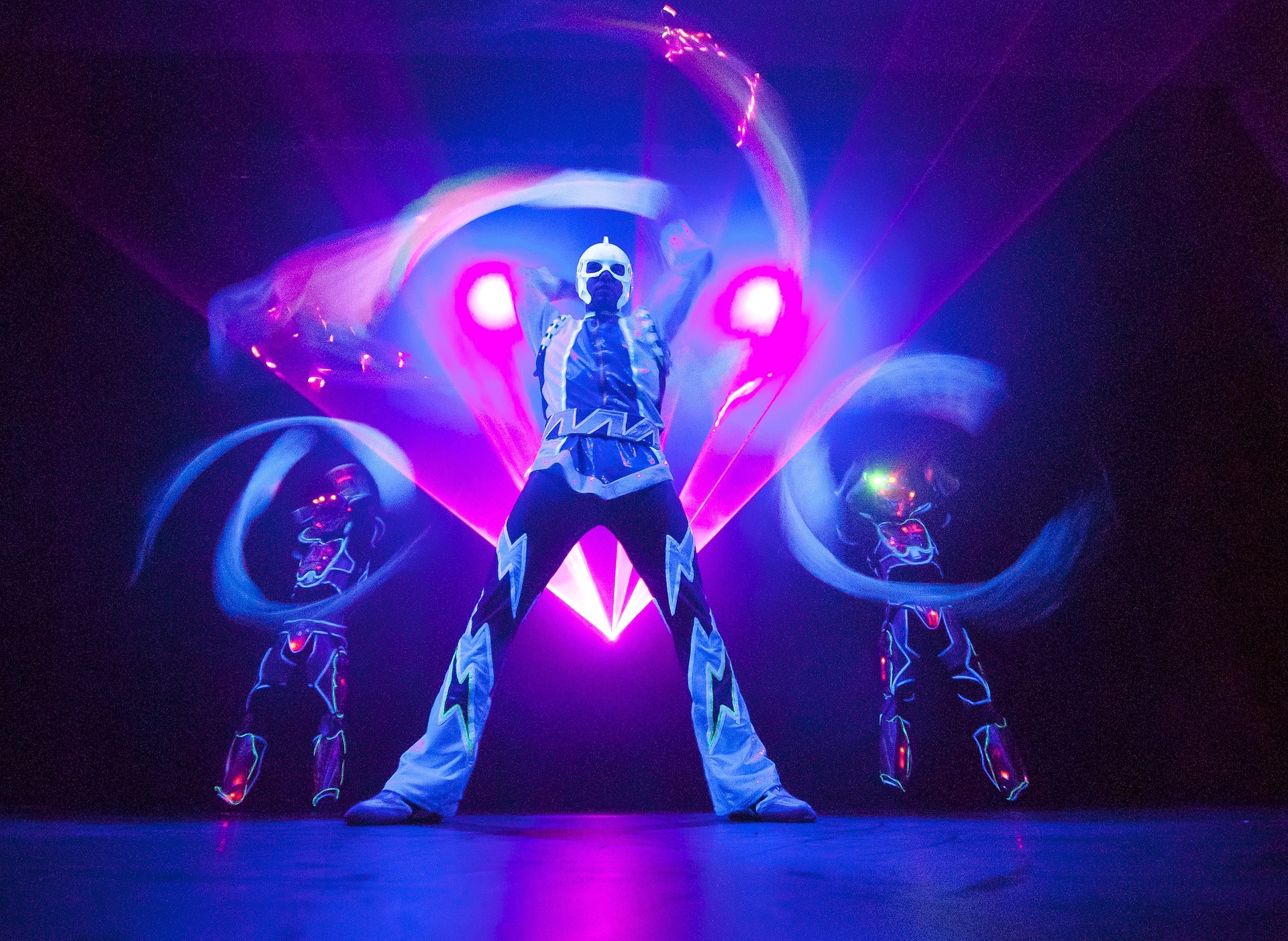Breaking the Fourth Wall: A New Trend in Contemporary Cinema
Introduction: Breaking the Fourth Wall—direct interaction with the audience—has moved beyond theatre stages to take a firm hold in cinema. This technique, once rare, is becoming more prevalent, reshaping our perception of films and their characters. Dive into the history, evolution, and current trend of this groundbreaking cinematic technique.

A Walk through History: The Origin and Evolution of Breaking the Fourth Wall
The concept of breaking the fourth wall has roots in ancient theatre. Originally, theatre stages were designed with three physical walls, and an imaginary fourth wall was believed to separate the actors from the audience. The act of breaking this wall, allowing direct engagement between the actors and the audience, was a radical and audacious move in its time.
The technique eventually found its way into films, beginning subtly in early cinema and growing more explicit over time. Comedy films of the 1930s, like the Marx Brothers’ productions, often used this method for humorous effect. By the 1980s and 90s, films like “Ferris Bueller’s Day Off” and “Fight Club” were incorporating the technique to challenge the audience’s expectations.
The Current Wave: Breaking the Fourth Wall in Modern Cinema
In recent years, breaking the fourth wall has become increasingly popular in cinema. Films like “Deadpool” and “The Big Short” have used this narrative device to great effect, creating a unique viewer experience. This technique has also found its way into streaming series, such as “House of Cards,” where the main character frequently addresses the audience directly.
This trend reflects a shift in audience preferences. Modern viewers are more sophisticated, craving narratives that challenge traditional storytelling norms and offer a more immersive and interactive experience.
The Repercussions: Impact and Reception of the Fourth Wall Break
The impact of breaking the fourth wall in cinema is multifold. On one hand, it provides filmmakers with a creative tool to deepen audience engagement, craft complex characters, and challenge traditional storytelling norms. On the other, it can disrupt the immersive experience if not handled effectively, as it reminds viewers that they’re watching a film.
The reception to this technique has been largely positive, especially among younger audiences who appreciate the innovative and unconventional approach to storytelling. However, it also has its critics who argue that its overuse could lead to it becoming a cliché.
Looking Forward: The Future of Breaking the Fourth Wall
As we move into an era of increasingly interactive and personalized media, breaking the fourth wall in cinema is likely to become even more common. While it’s impossible to predict exactly how this will play out, it’s clear that this narrative device has significant potential to shape the future of film and redefine our relationship with cinema.
In conclusion, breaking the fourth wall is more than just a narrative device—it’s a tool that brings innovation to storytelling, challenges conventions, and deepens our engagement with cinema. As this technique continues to evolve and influence contemporary cinema, it’s worth keeping an eye on how it will shape the future of film.




